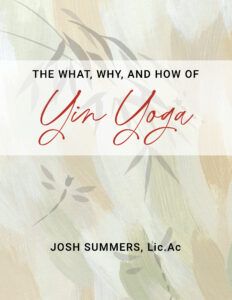Last week, I encouraged you to consider the difference between aspirations and goals, particularly as they relate to your New Year’s intentions and meditation practice.
This week, I’ll look a little more closely at the optimal mindset for the cultivation of those aspirations. And this will consider a second definition of ‘resolution’: the mental state of being resolved.
As you may know, legend has it, that after roughly six years of wandering across the Subcontinent as a mendicant seeker, Siddhartha sat down under the Bodhi tree and vowed, come what may, not to move until he had found an end to sorrow.
Over the course of that evening’s meditation, it is reported that Siddhartha penetrated the causal mechanism of suffering to such an extent that he freed himself, once and for all, from all entanglement with that chain of dukkha.
Analysis often points to the contemplative insights about that chain of torment that ultimately gave rise to Siddhartha’s awakening. But one of my teachers, Rodney Smith, likes to suggest that it was the very resolution, itself — not to move until full enlightnement — that was Siddhartha’s enlightenment.
In other words, it was the very heroic resolve and absolute sincerity of intention that catalysed the subsequent understanding within Siddhartha’s consciousness.
So this week, I invite you to bring the same kind of absolute integrity to your practice or resolutions. As you continue to strengthen the formal expression of your aspiration, can you practice with the resolve of a Buddha: come what may, this is where I stand (or sit)!
For further study, here’s a Dharma Talk by Gil Fronsdale called, The Perfection of Resolve.
Originally published on January 4, 2012

